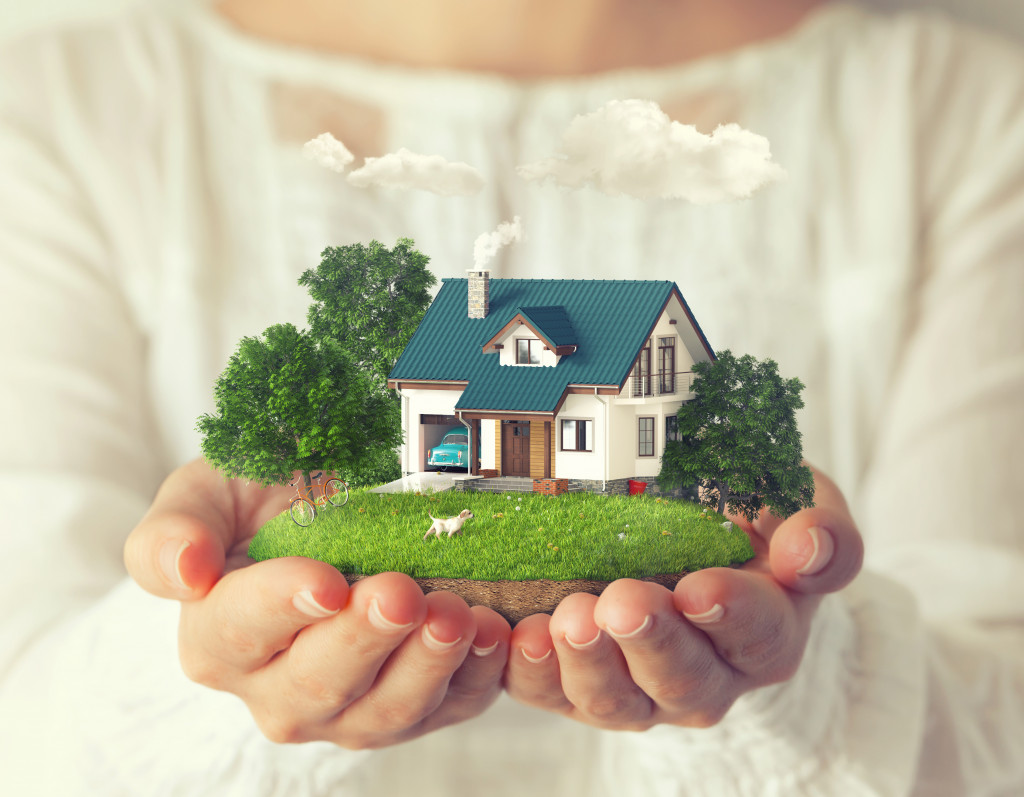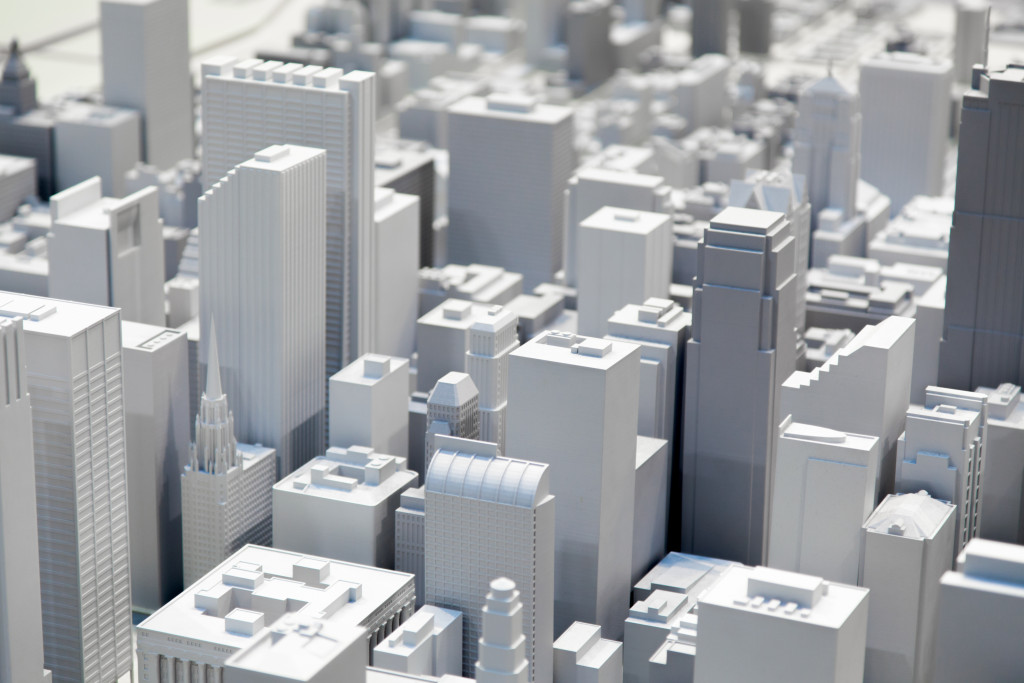- Creating a visually appealing scale model environment involves understanding the principles of visual appeal.
- Choosing appropriate scale model materials and scenery elements like ground foam and water can help create the desired look.
- Adding various textures and finishes with natural elements like trees, bushes, streams, and rocks will bring life into the landscape.
- Incorporating small-scale structures and objects will add a sense of excitement to the design.
- Weathering techniques can be used to give an aged look that adds to the authenticity of the environment.
Creating eye-catching landscapes is every artist and designer’s goal, especially in scale model environments. Scale model environments are perfect for planning, experimenting, and executing miniature designs you can create.
These tiny and detailed replicas can impress anyone who sees them if made with the right mix of creativity and artistry.
Visual appeal is a crucial part of scale model environments. Designs that lack visual appeal are dull, uninteresting, and forgettable. However, a visually appealing design creates an emotional connection with the audience. This connection will impact them, and they will remember for a long time.
Creating an emotional connection in scale model environments is essential as it provides a sense of realism and magic in the design.
This blog aims to provide tips and insights on creating visually appealing landscapes in your scale model environment.
Understanding the Principles of Visual Appeal:
Creating visually appealing landscapes in your scale model environment involves understanding the principles of visual appeal. Plenty of visual appeal principles include balance and composition, color harmony and contrast, and depth and perspective.
Balance and Composition
Balance and composition refer to how the various elements of your design are arranged. A balanced composition means you have symmetry in your design, while a well-composed design refers to the arrangement of its elements that create a harmonious visual appeal.
Color Harmony and Contrast
Color harmony and contrast refer to the colors you will incorporate in your design. It’s essential to choose colors that harmonize with each other and create contrast. Remember the mood or vibe you try to make when selecting the color scheme. Darker colors present a somber mood, while bright colors can evoke happiness or excitement.
Depth and Perspective
Depth and perspective refer to the 3D feel of your design. Creating a sense of depth is essential to make the design more realistic. You can create a sense of depth by layering the scenery materials or using appropriate tools like image backup or gradation.
Textures and Details
Textures and details refer to the tactile quality of your design. It’s essential to strive for realism by using various textures and details in your design. Incorporating different textures and finishes will also give your design a unique look.

Choosing the Right Scale Model Materials
Choosing the correct scale model materials is crucial in creating visually appealing landscapes. Different materials, such as clay, resin, and plastic, can provide different textures.
Selecting Appropriate Scenery Materials
Choosing appropriate scenery materials is crucial in creating visually appealing designs. Some scenery materials include ground foam, foliage, rocks, and water.
Selecting scenery materials will depend on the design you want to create. Ground foam, for example, can be used to create grass, shrubs, and trees. Foliage can be used to create trees and bushes that add depth to your design.
Exploring Different Textures and Finishes
Exploring different textures and finishes will provide uniqueness to your design. Examples of textures are rough, smooth, and bumpy textures, while finishes can be matte, glossy, or shiny. These materials will add depth and dimensionality to your design.
Incorporating Natural Elements
Natural elements like foliage, rocks, and water can also breathe life into your design. Observing and researching the natural world is essential to get ideas and inspiration on incorporating them into your creations.
Adding Fine Details and Accurate Scaling
Fine details and accurate scaling make a scale model environment visually appealing. This means incorporating the right landscape elements, including rocks, trees, and detailed terrain features, to make the environment look and feel natural.
Incorporating Small-Scale Structures and Objects
Adding small-scale structures and objects is another way to enhance the visual appeal in a scale model environment. This includes things like fences, signage, benches, and lamp posts. Add miniature figures, vehicles, and animals to the scene for a more realistic look.
Applying Weathering and Aging Techniques
Scale model environments can look unrealistic if everything looks shiny and new. To add an element of realism to the environment, apply weathering and aging techniques. This could be as simple as using sandpaper to distress buildings or adding rust and fading paint to structures.
Paying Attention To Realistic Scaling and Proportions
When creating a scale model environment, paying attention to realistic scaling and proportions is essential. This means incorporating depth, height, and width to create a more authentic look rather than replicating a two-dimensional image. It will also add depth to the environment and create a more engaging experience for viewers.
Common Sceneries for Scale Model Environments
For scale model enthusiasts, there’s nothing more satisfying than crafting a detailed, realistic environment that captures the essence of their chosen scene. These are some typical sceneries to get started with:
Model Railway Scenery
Model railway scenery is a popular scale model theme among enthusiasts. To create a realistic railway landscape, it is essential to consider the tracks, stations, and surrounding landscapes.
Incorporating features like tunnels, bridges, trees, and buildings adds depth to the environment. Choosing the railway scenery supplies that fit the scale model environment design is also significant.
Selecting high-quality model railway scenery supplies is necessary for a more realistic scale model environment. Using cheap or low-quality supplies will not only make the background look unrealistic but could also damage the model over time. Investing in good quality supplies that will last for a long time is essential.
Urban Cityscape
Creating a miniature city environment requires careful planning and attention to detail. Consider the structures, roads, and landmarks that make up the city.
Various buildings, from skyscrapers to houses, are necessary to make the environment believable. Add realistic-looking streets, intersections, and traffic signs to bring the city to life.
Natural Wilderness
Crafting a natural wilderness landscape requires incorporating the natural elements of a forest, mountain range, or wildlife habitat. Add trees, bushes, streams, and rocks to create a vibrant environment. Consider adding animals and birds to make the atmosphere more lively.

Creating visually appealing landscapes in your scale model environment requires passion, creativity, and artistry. Understanding the principles of visual appeal, choosing suitable materials, selecting appropriate scenery materials, exploring different textures and finishes, and incorporating natural elements can help you create designs that will impact your audience emotionally.
Creating visually-appealing and realistic landscapes in a scale model environment requires incorporating fine details, accurate scaling, small-scale structures and objects, weathering and aging techniques, and paying attention to sensible scaling and proportions.
Whether creating a model railway scenery, urban cityscape, or natural wilderness landscape, investing in high-quality supplies and adding realistic elements will bring the environment to life.
